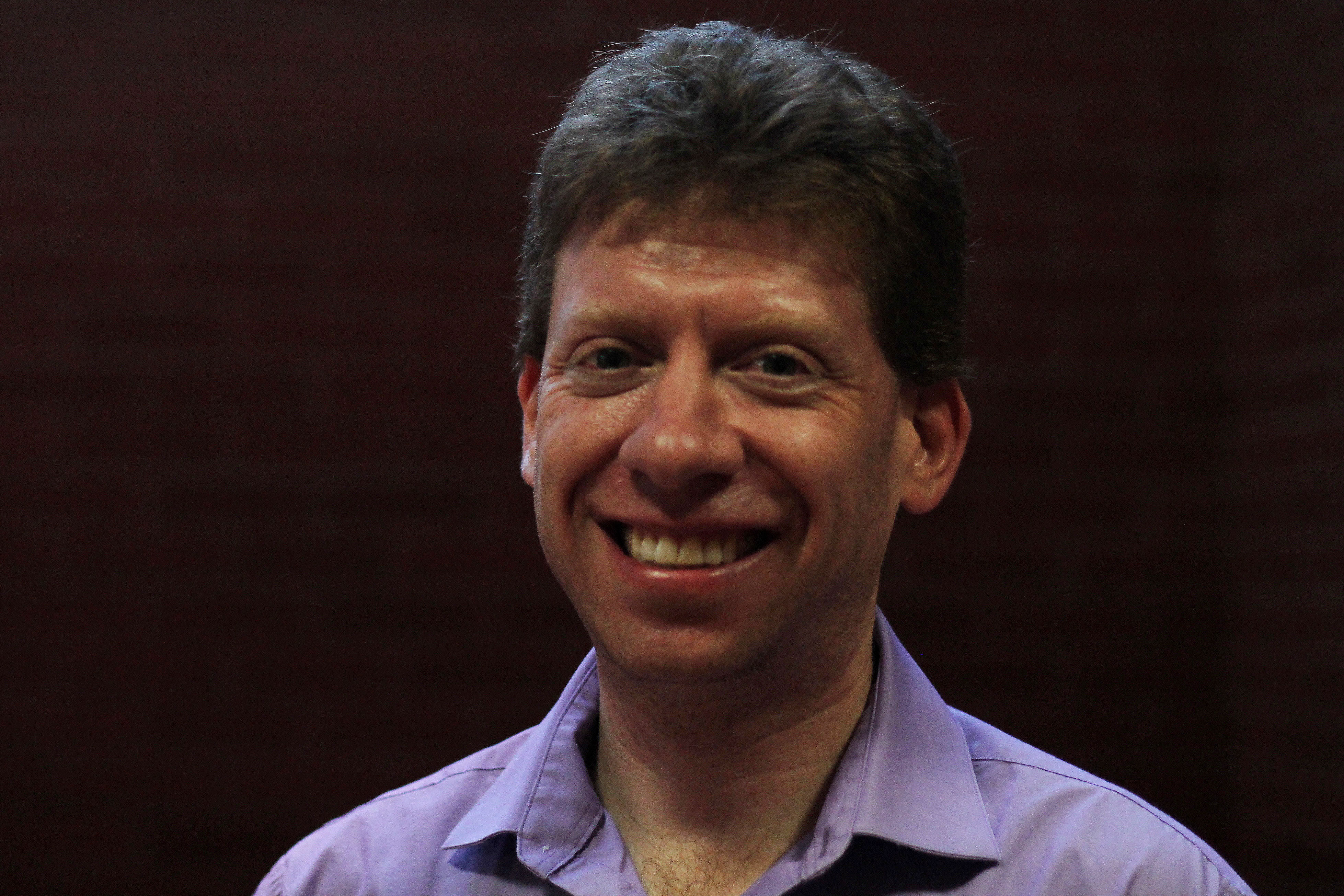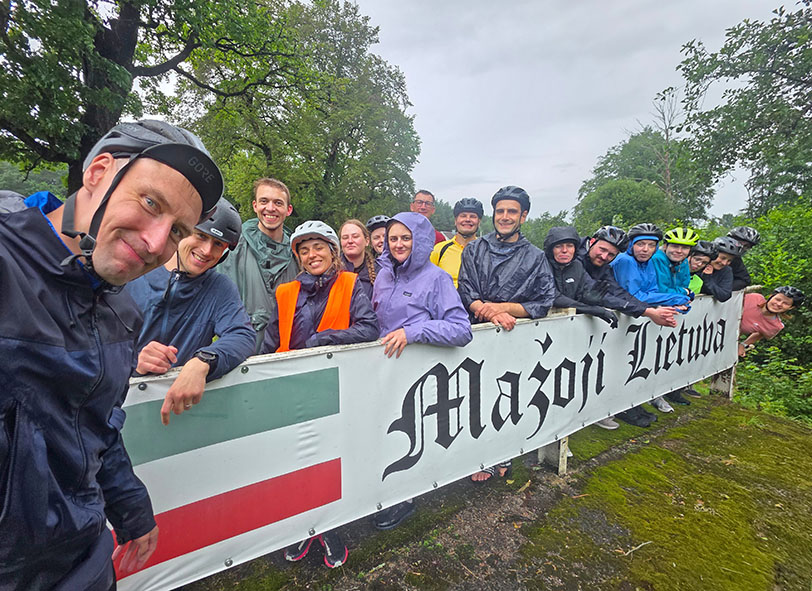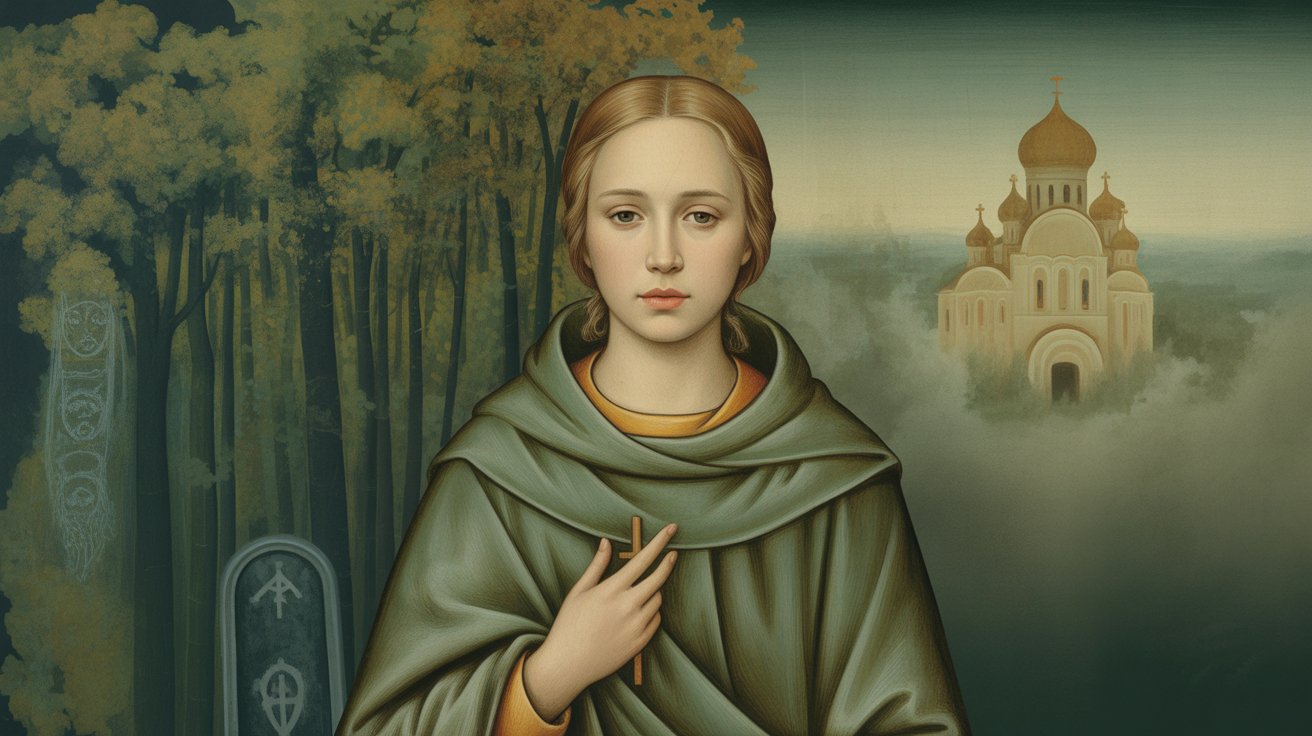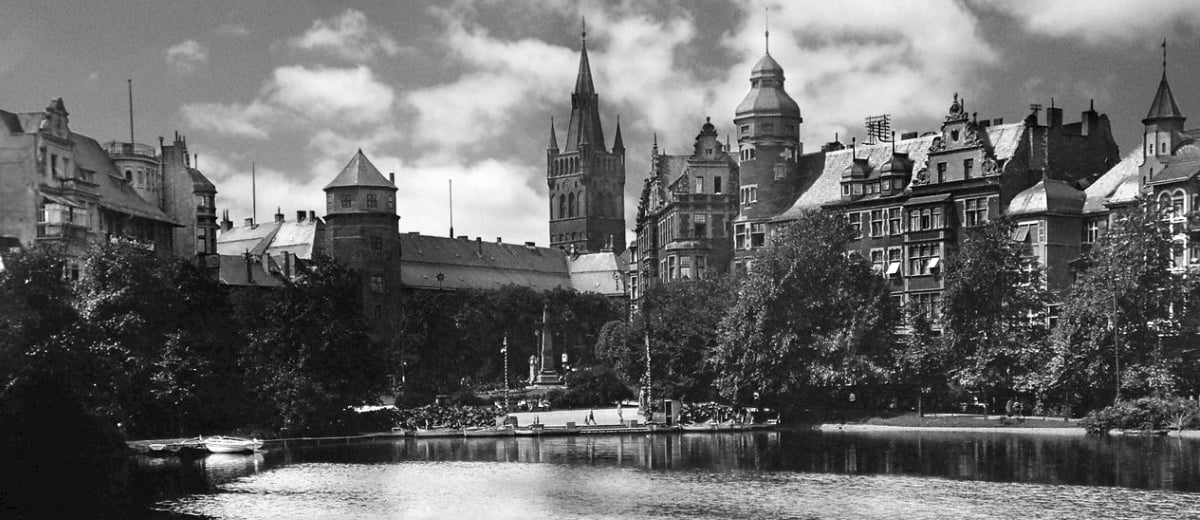Since I set foot in the US and switched the TV on, there is one show that I have been following very passionately. Now, as a child I clearly remember pressing on my remote control, changing channel at the sight of Sir Patrick Stuart as Captain Jean-Luc Picard on Star Trek. But as I grew up, extraterrestrial tales have challenged my perception of the world. I saw myself abiding to the show’s core value of “infinite diversity in infinite combinations”. That’s when I came across Adam Block who revived my fascination for Star Trek’s explorers and their hunger for knowledge. As you read, you will realize that Block is not your usual photographer.
Over the past 20 years Block has endeavoured to share his passion and inspire people through his public outreach stargazing programs in the southwest United States. Born in 1973 –just one month after Apollo 17 made the last manned landing on the moon– since then Block has become a leading astrophotographer. His interest in astronomy began at an early age. As he was growing up his grandfather would take him for short walks after dinner and point out things in the night sky. His parents gave Block his first telescope at the age of seven. The tag line on the box read “A Hobby Today- A Profession Tomorrow.” “I am not certain how often you live up to a tag line on a toy telescope box… but that is how it worked out for me!” Block writes.
But what is astrophotography? Initially, his profession seemed pretty cryptic to me. Is it photography or science? Curious to learn more about this astro-imaging expert, I drove with my boyfriend across Arizona’s infinite flat lands, to finally reach the Center for Creative Photography in Tucson, a city close to the American border with Mexico. Here, Block was giving a technical presentation about how modern images of the cosmos are made, how they influence the field of photography, and just what makes them so compelling.
“My work is a hybrid of science and photography. My pictures serve a special purpose of public outreach, but I also collect scientific data. A couple of years ago I discovered a supernova while doing my astrophotography work for instance,” Block told the Baltic Review.
The evolution of photography has been inextricably bound up with the field of astronomy. Astrophotography, however, despite yielding some of the most curious and compelling images in the medium’s history, is yet to become mainstream.
“I can do so for as far as my voice will carry but these astrophotographs have much greater reach because once published they can be seen by people around the world and can communicate the wonder and science of astronomy,” Block told the Baltic Review.
This world renowned astrophotographer, captures stars, galaxies, and nebulas in unparalleled detail, color and contrast. His pictures communicate the wonder and science of astronomy as they speak a ‘visual vocabulary’ and are more than simple portraits of swirling gas and stars. Instead, they tell stories of how entire galaxies interact with each other, giving the viewer the impression of virtually travelling through space.
To explain what attracts us to his pictures, Block quoted Denis Dutton’s provocative theory on beauty – that art, music, the night sky and other beautiful things, far from being simply “in the eye of the beholder,” are a core part of human nature with deep evolutionary origins. According to Block, these “ancient echoes” that generate a powerful reaction to images, are somewhat encoded in us today.
For most of humanity, the link between civilization and the stars has been severed. Light pollution has washed away the celestial sphere across most of the so-called developed world, but there are still reasons to look up. The experience of beauty we witness observing the night sky continues to represent universal, cross-cultural aesthetic pleasures and values.
“If not, why would a gentleman walk out to my table, point to my picture and say “that’s sick! Is it real?,” Block said, referring to a waiter who was amazed at the sight of his photos.
This theory of beauty goes at the heart of the idea that being out in the night induces a reaction in both body and mind.
“The physical reaction coupled with ancient echoes is what I think makes the experience awesome. I mean it in the old sense of the word, where ‘awesome’ is the overwhelming felling of admiration for being part of a greater whole and at the same time being fearful,” Block explained.
This mix of curiosity, admiration and fear is what encourages Block to continue exploring the unknown and sharing his passion for stars. Through his pictures and stargazing programs, he encourages us to consider our place in the cosmos and tries to offer insight into some of the greatest mysteries the Universe presents us. Most of us go through life looking straight ahead but you’ll be surprised how much you can learn by looking up.
[youtube https://www.youtube.com/watch?t=432&v=G3ITEP1a4Ug]





























The best thing about stargazing is that ANYONE can get involved! It sounds like you need expensive gear, or that you need to attend meetings for this, but this is just not true. Many leading astronomers reckon that the best way getting started is by simply getting a pair of binoculars, a good book and to get out there!
My son and I have been going stargazing with the two of us for a few years now and we found that this book really helped us explore the skies: http://astronomygroup.science/index.php/2015/04/28/stargazing-for-beginners/
It really is worth a read. Get out there and look up!